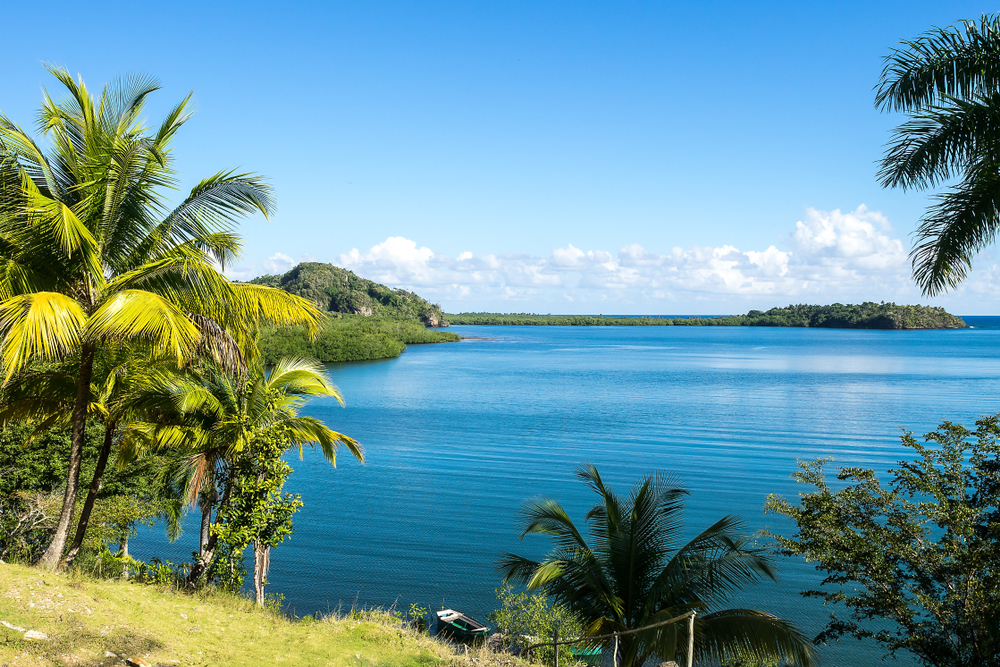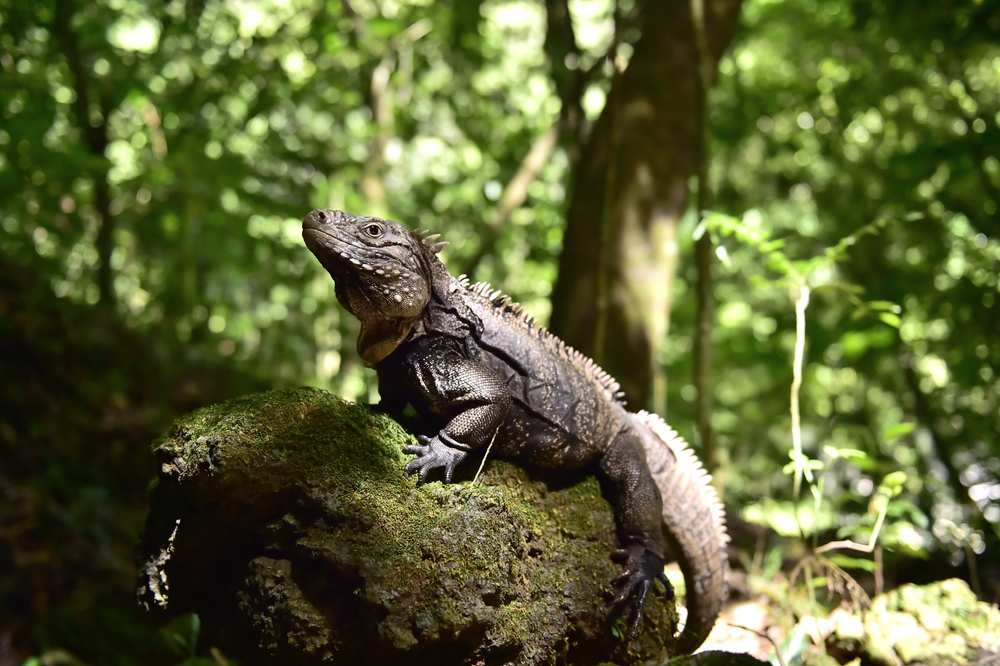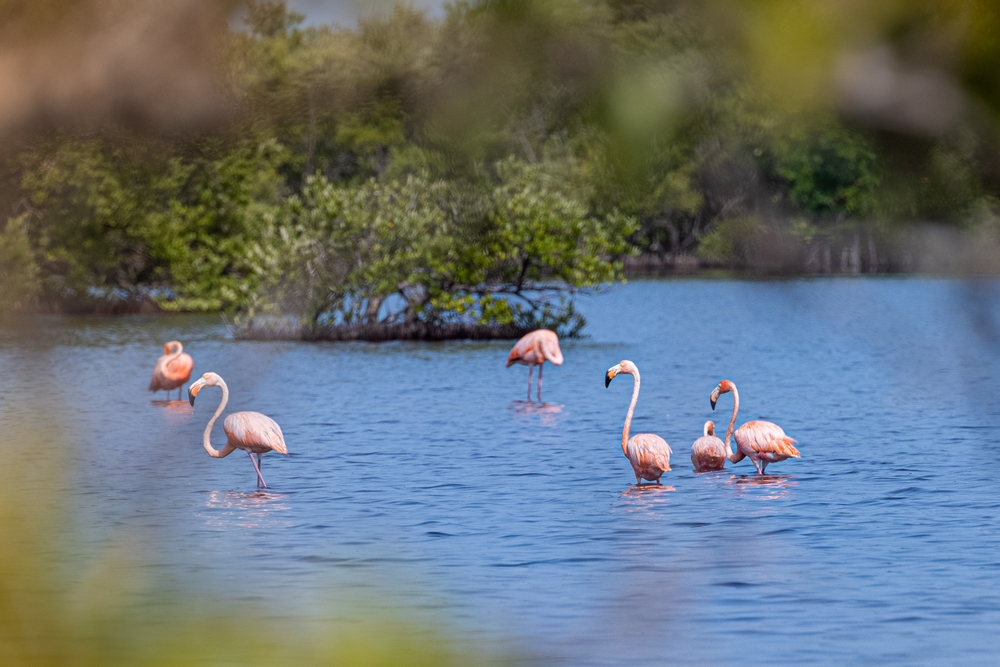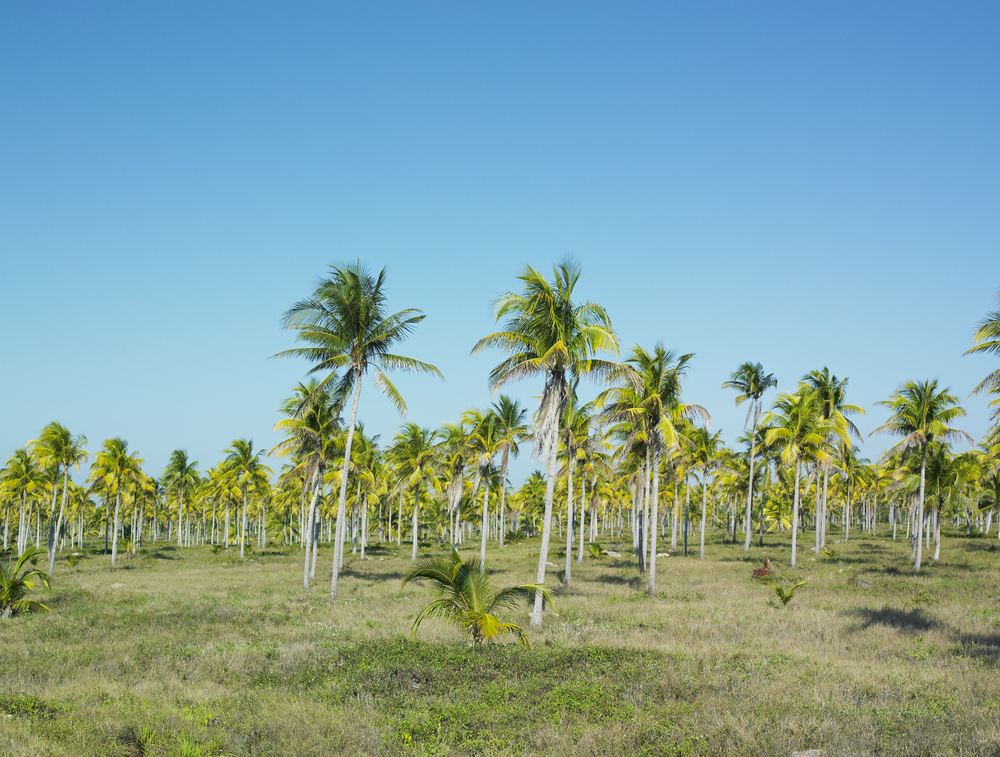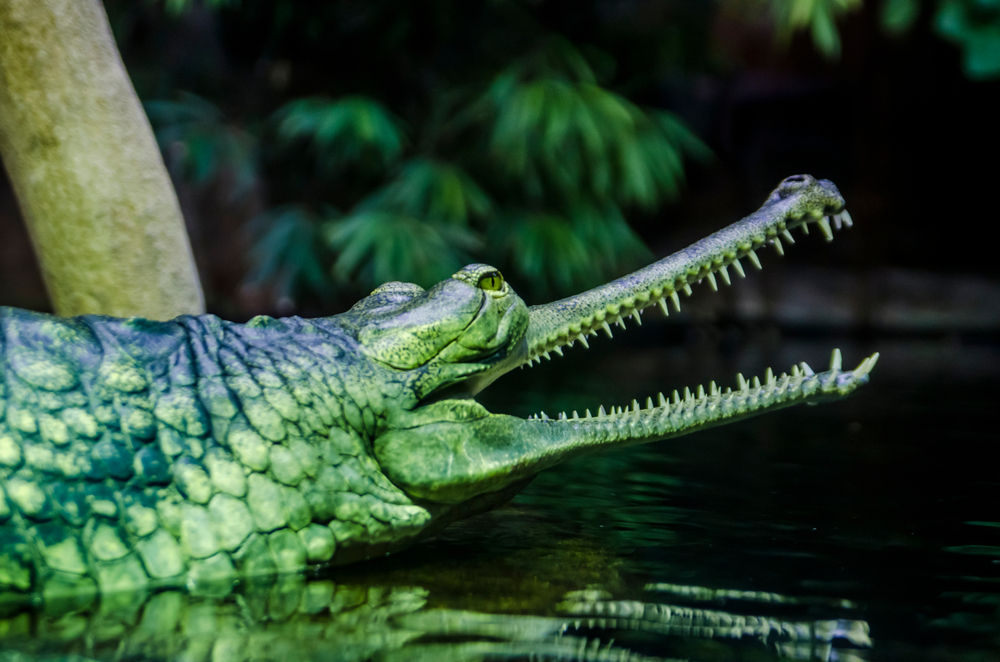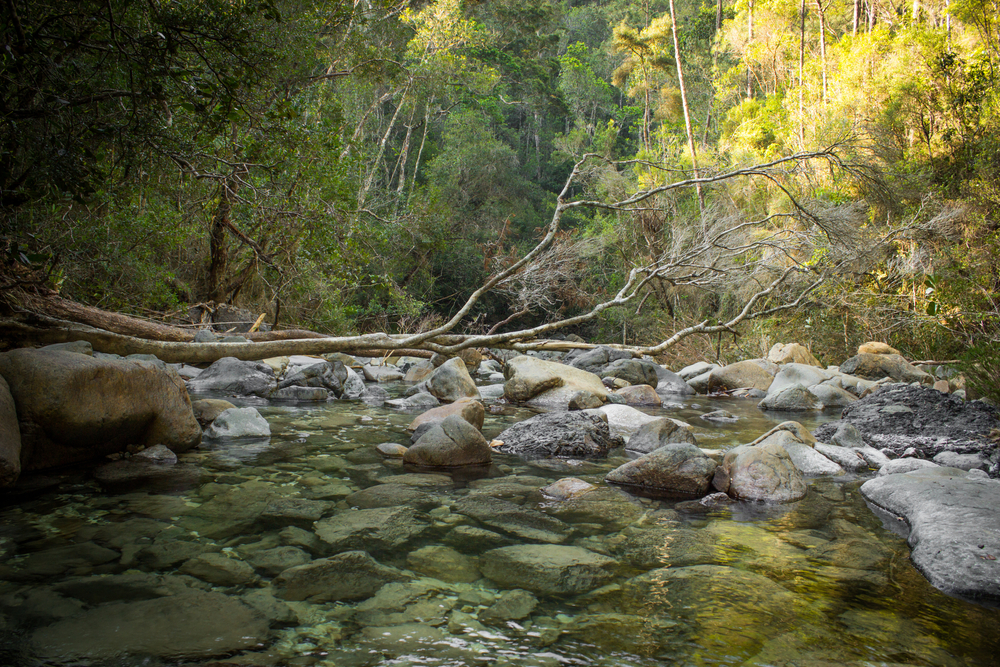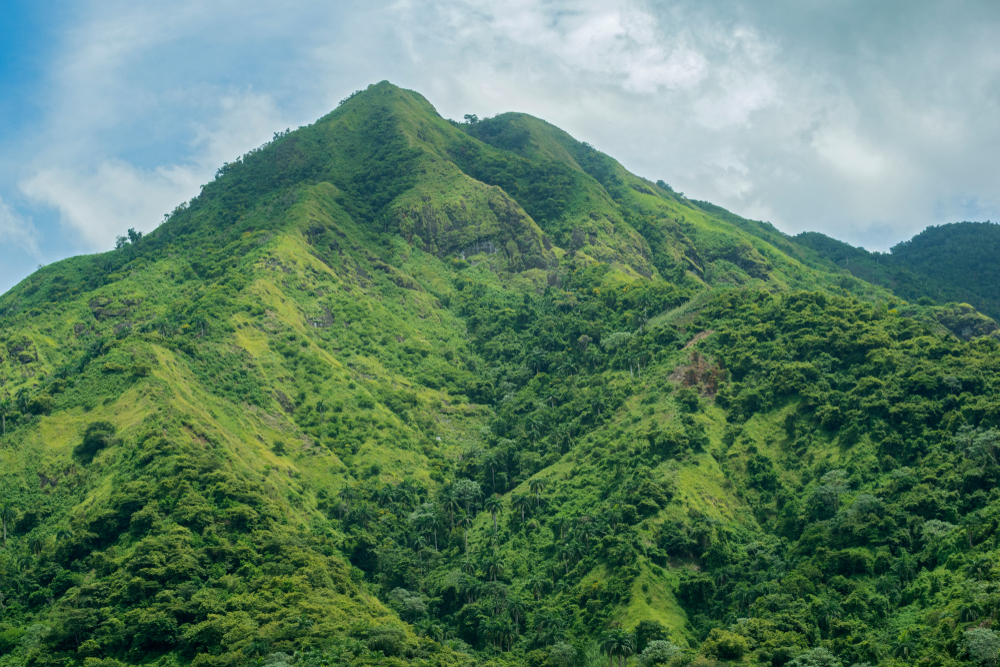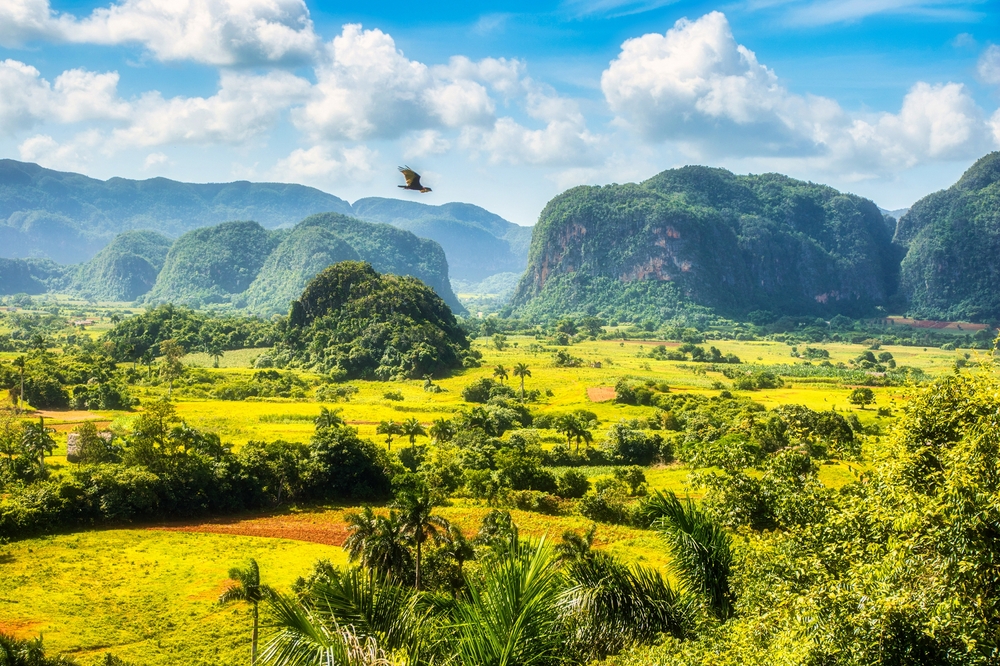Alejandro de Humboldt Overview
Alejandro de Humboldt National Park, known locally as Parque Nacional Alejandro de Humboldt, is one of Cuba’s most significant protected areas. Located in the eastern part of the island, spanning the provinces of Holguín and Guantánamo, this park covers approximately 274 square miles (710 square kilometers).
It is recognized as a UNESCO World Heritage Site due to its exceptional biodiversity and role in conserving the island’s unique ecosystems. Named after the Prussian naturalist and explorer Alexander von Humboldt, who visited Cuba in the early 19th century, the park is considered one of the most biologically diverse tropical island sites in the world.
The park features a varied and rugged terrain, with mountains, rivers, and coastal plains creating a dynamic landscape. The highest peaks within the park belong to the Nipe-Sagua-Baracoa mountain range, with elevations exceeding 3,600 feet (1,100 meters). The rivers in the park, including the Toa River, one of Cuba’s most significant, cut through dense forests and provide vital water sources for the surrounding flora and fauna.
The terrain includes karst formations, which create striking caves and underground river systems. The coastal areas feature mangroves, while inland, lush tropical rainforests dominate the landscape, with towering trees, ferns, and epiphytic plants like orchids and bromeliads. Some of the forested areas are considered to be among the most pristine in the Caribbean.
Alejandro de Humboldt National Park is home to an astonishing variety of wildlife, including numerous endemic species that cannot be found anywhere else. Among its most notable mammals are the Cuban solenodon, an ancient insectivorous mammal, and the endangered Cuban hutia, a large rodent.
The park is particularly known for its birdlife, hosting species such as the Cuban tody, the Cuban trogon—Cuba’s national bird—and the critically endangered ivory-billed woodpecker, which may still persist in its remote forests. Reptiles and amphibians thrive in the park as well, including the Monte Iberia dwarf frog, one of the world’s smallest amphibians, and various species of anoles and boas. The park’s rivers and coastal waters also support a variety of aquatic life, including fish, crustaceans, and mollusks.
Visitors to Alejandro de Humboldt National Park can experience its wonders in multiple ways. Guided hikes allow access to some of the park’s most breathtaking landscapes, including trails leading through dense rainforests and up into the mountains.
Birdwatching is a popular activity, attracting ornithologists and nature enthusiasts eager to spot Cuba’s rare and colorful avian species. River excursions, particularly along the Toa River, offer a unique perspective on the park’s biodiversity, while researchers and conservationists study its ecosystems to better understand and protect its natural wealth. Due to its ecological sensitivity, visitor access is regulated to ensure minimal impact on the environment.
Conservation efforts in Alejandro de Humboldt National Park have been largely successful, with strong protections in place to safeguard its fragile ecosystems.
However, challenges persist, including the impacts of climate change, deforestation in surrounding areas, and the threat of invasive species that can disrupt native biodiversity. Despite these challenges, the park remains one of the best-preserved natural areas in the Caribbean, serving as a model for conservation and scientific research.








































































